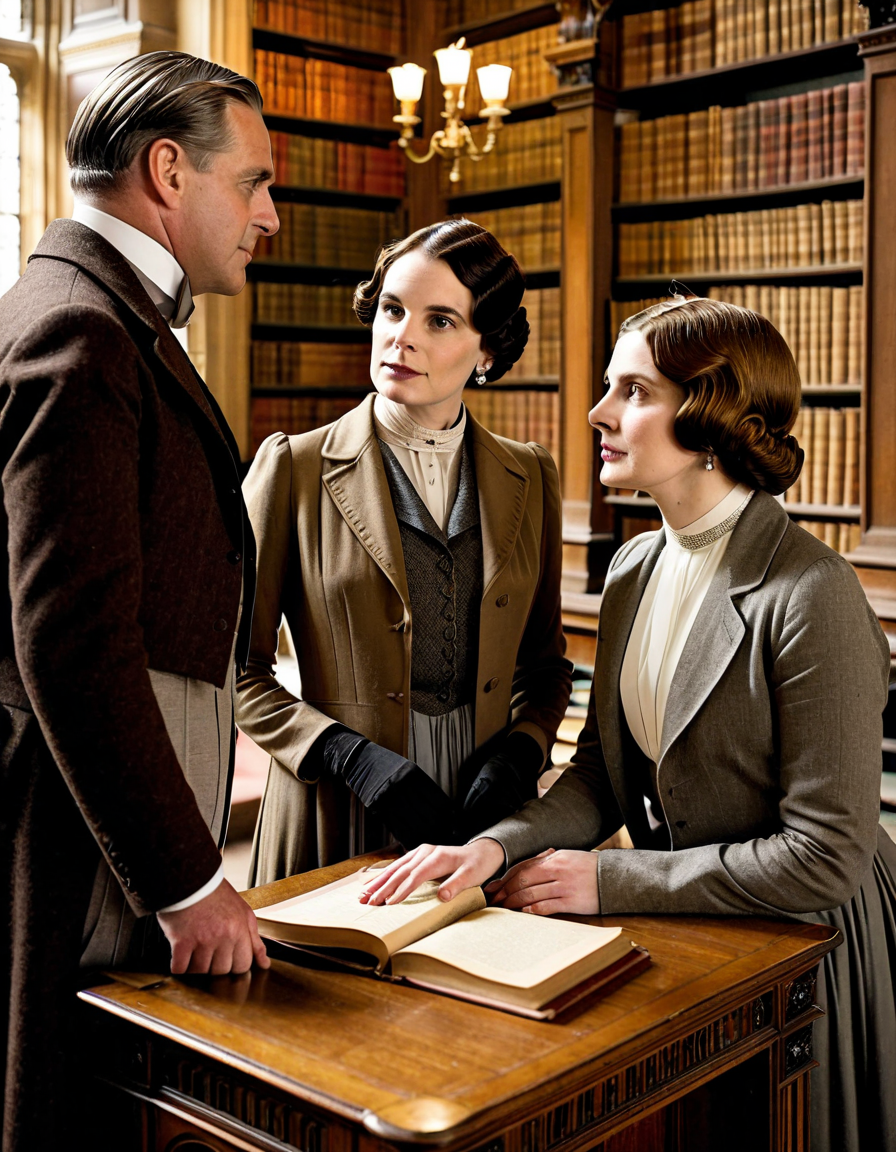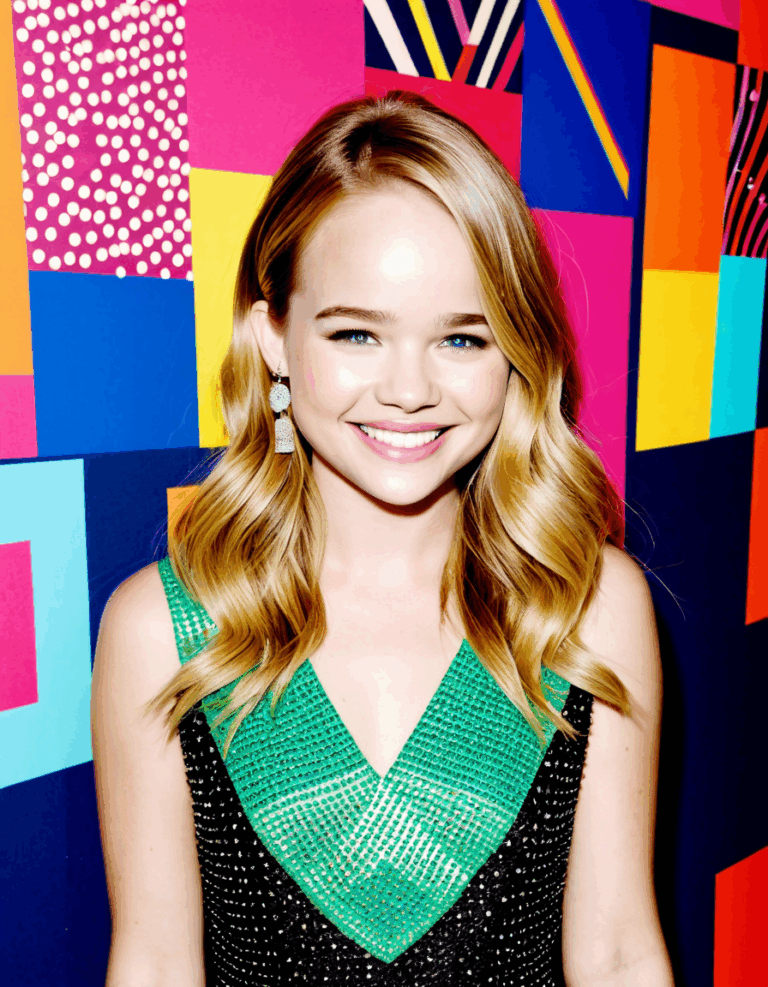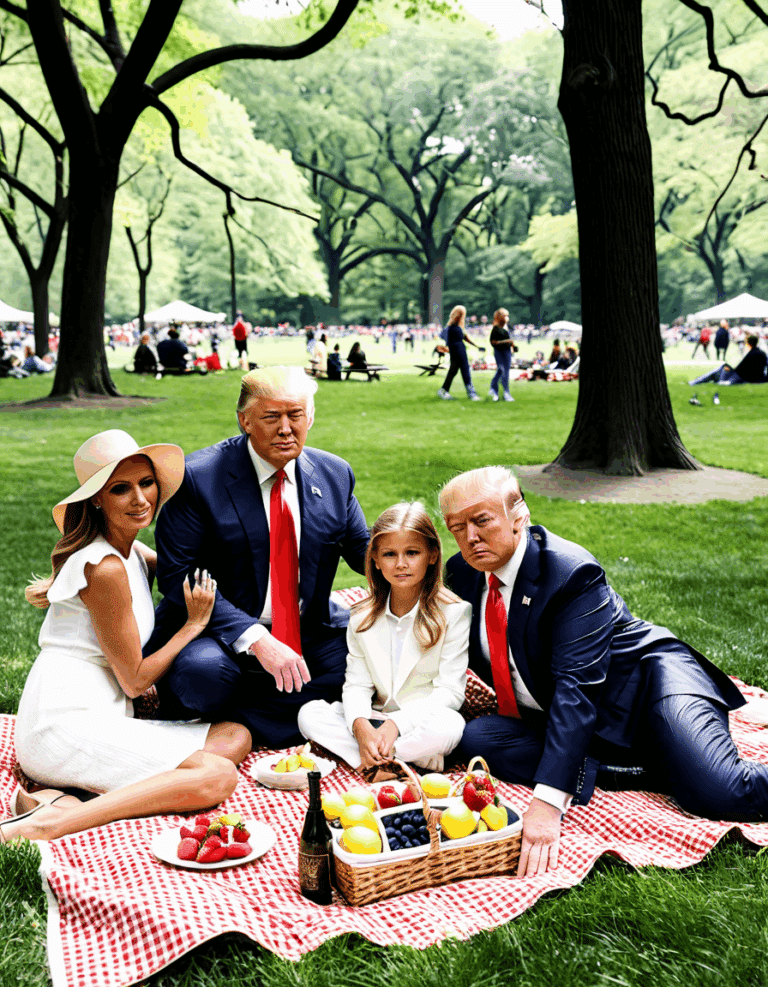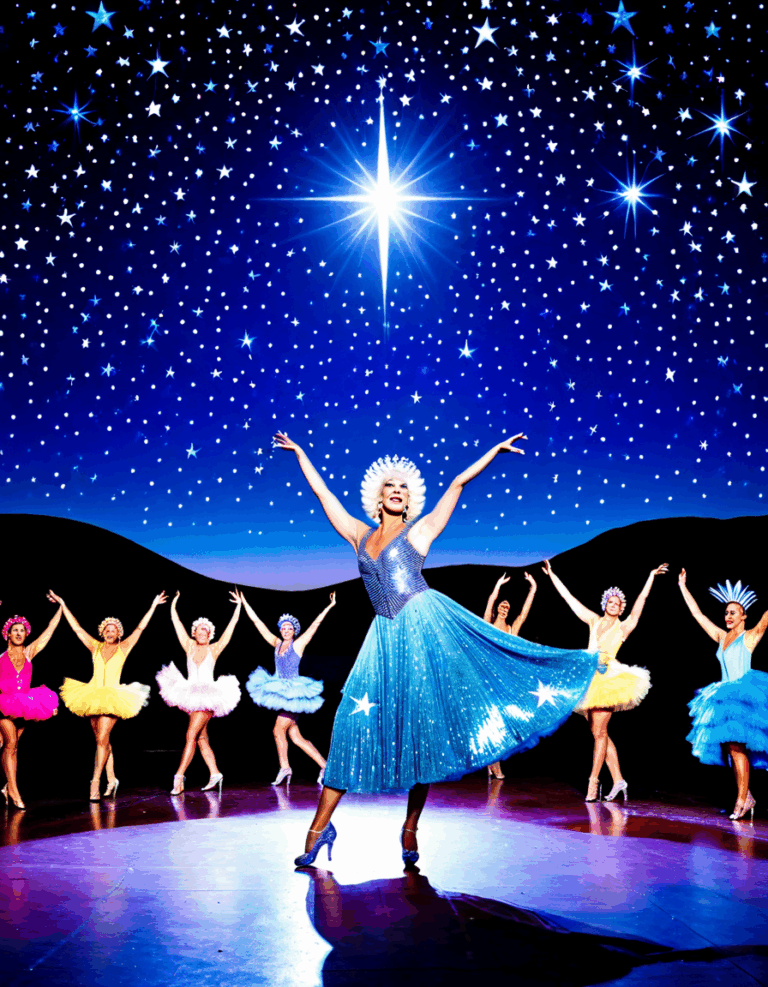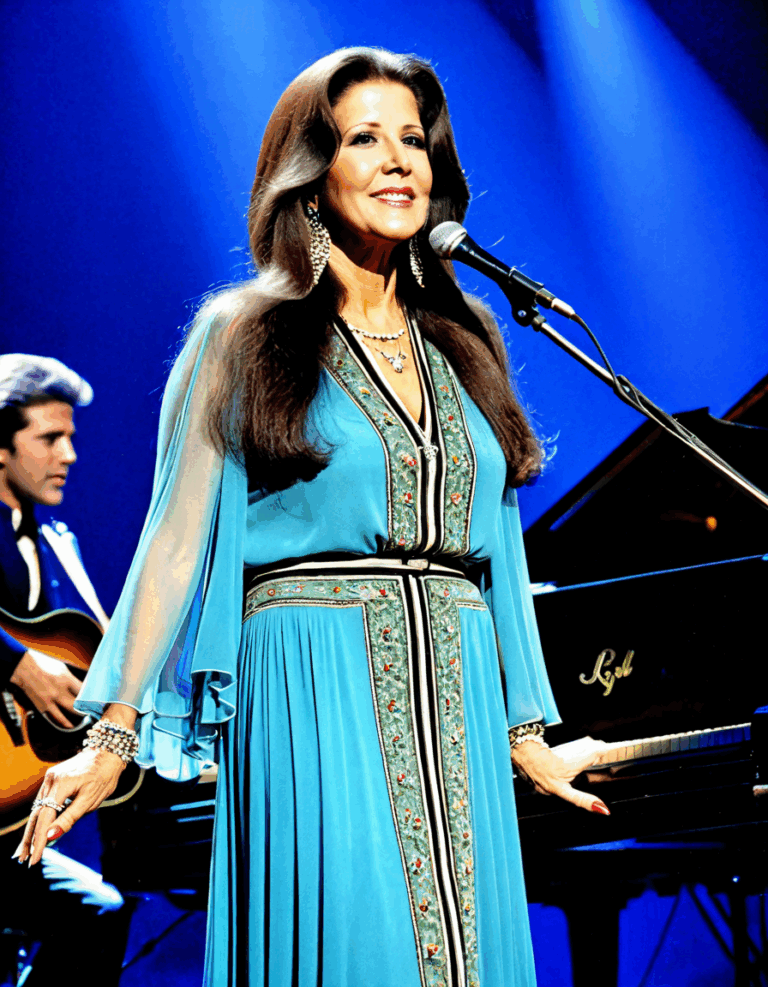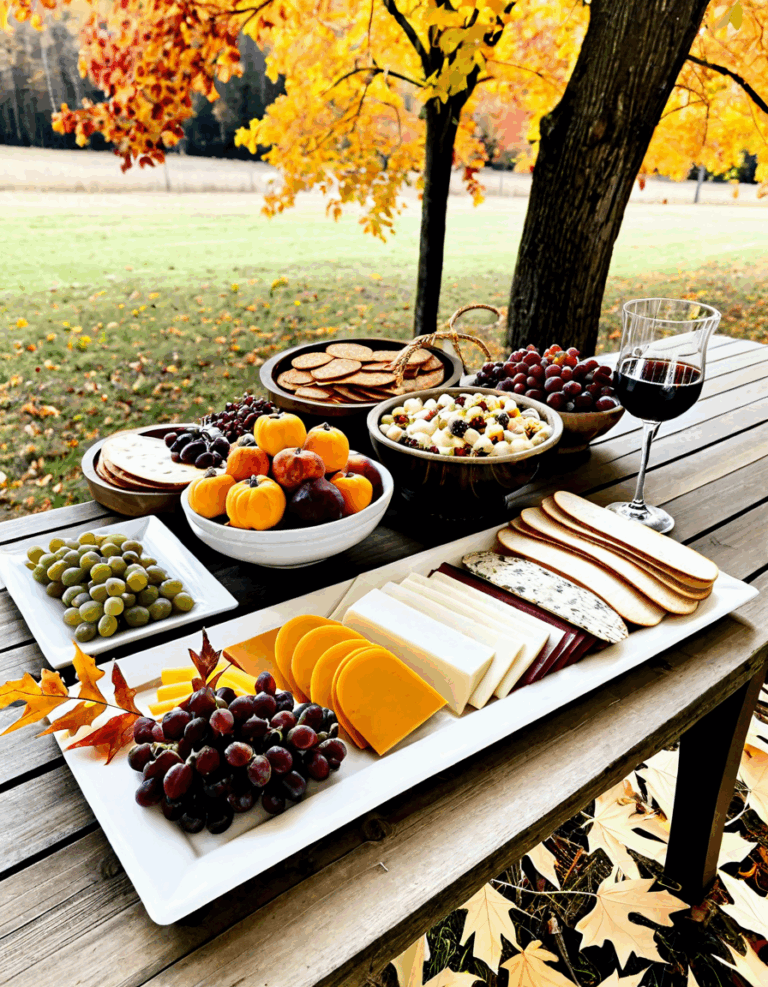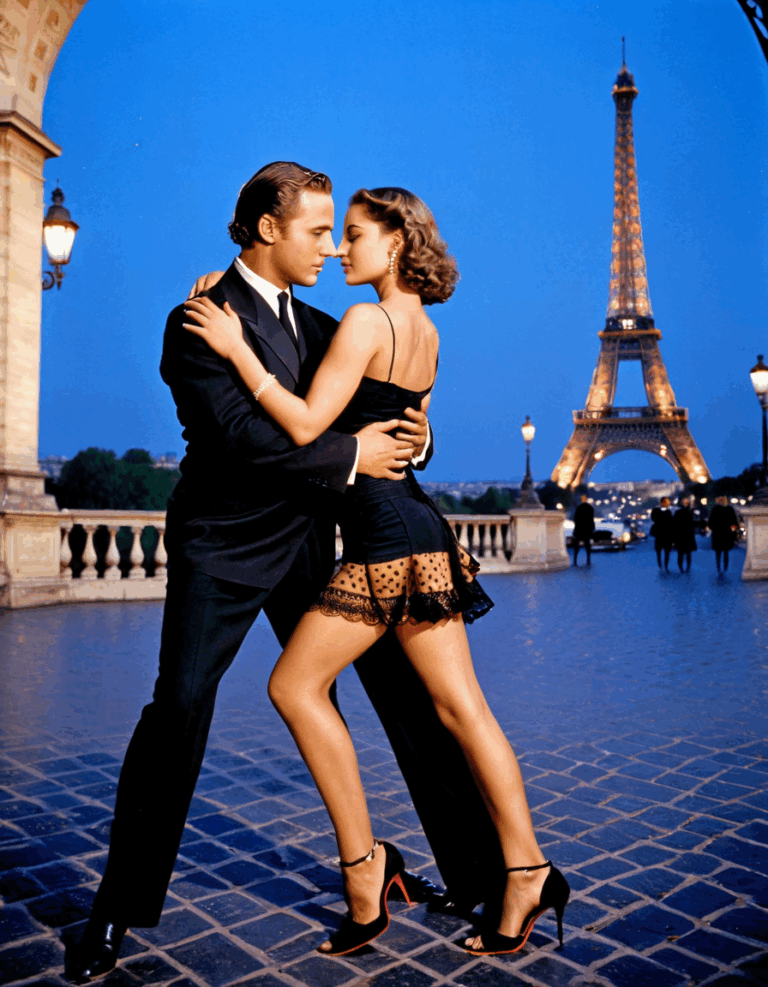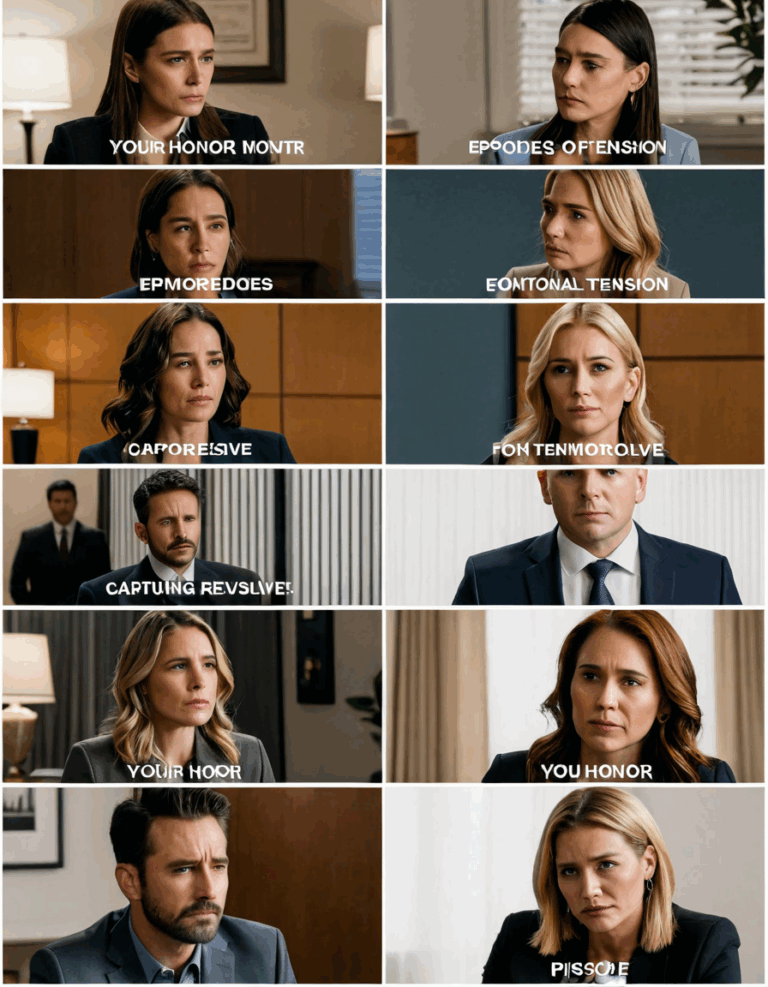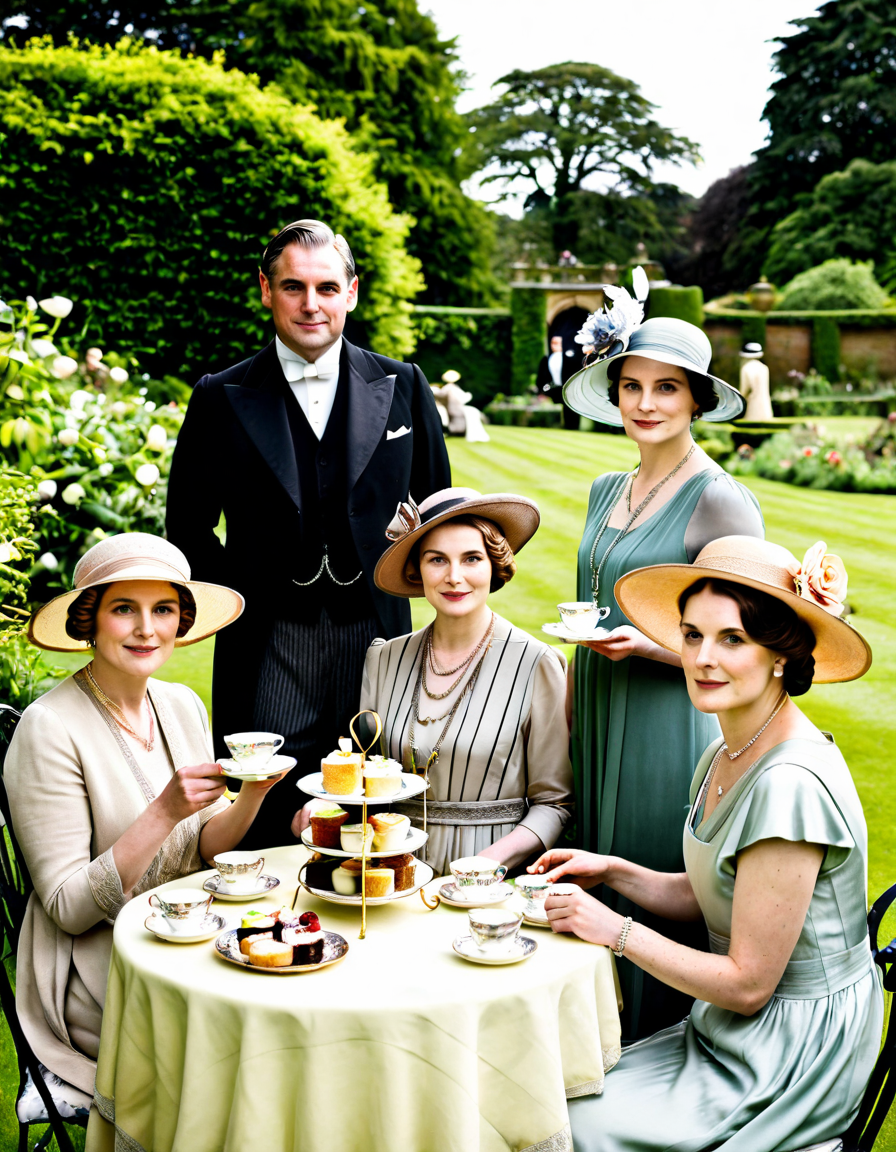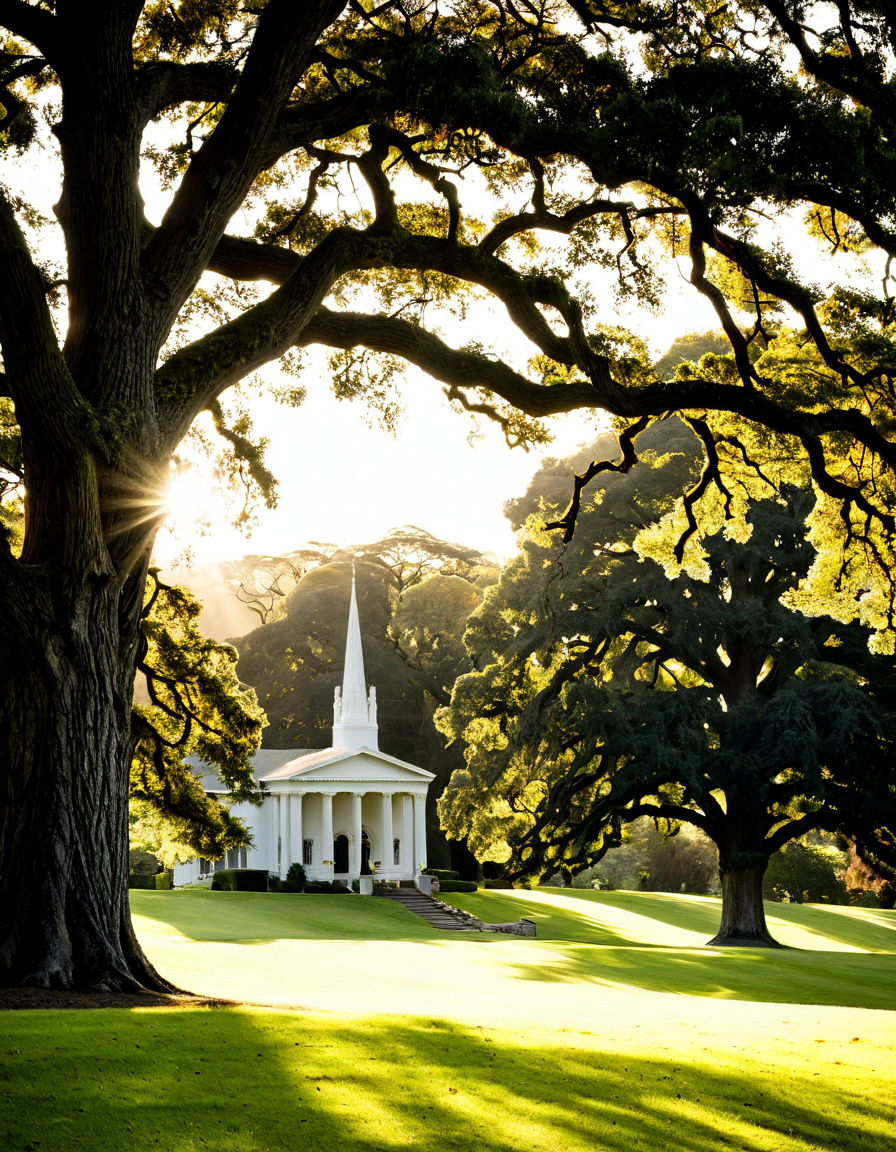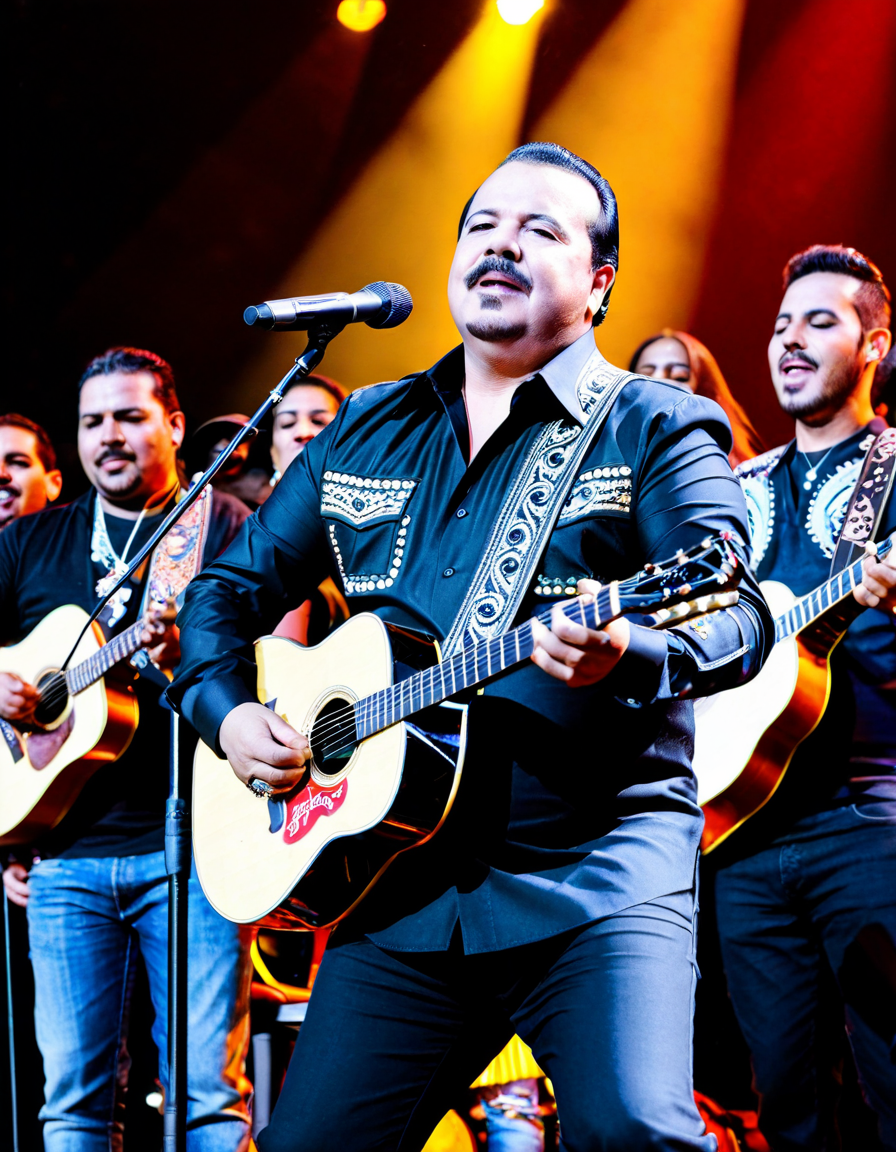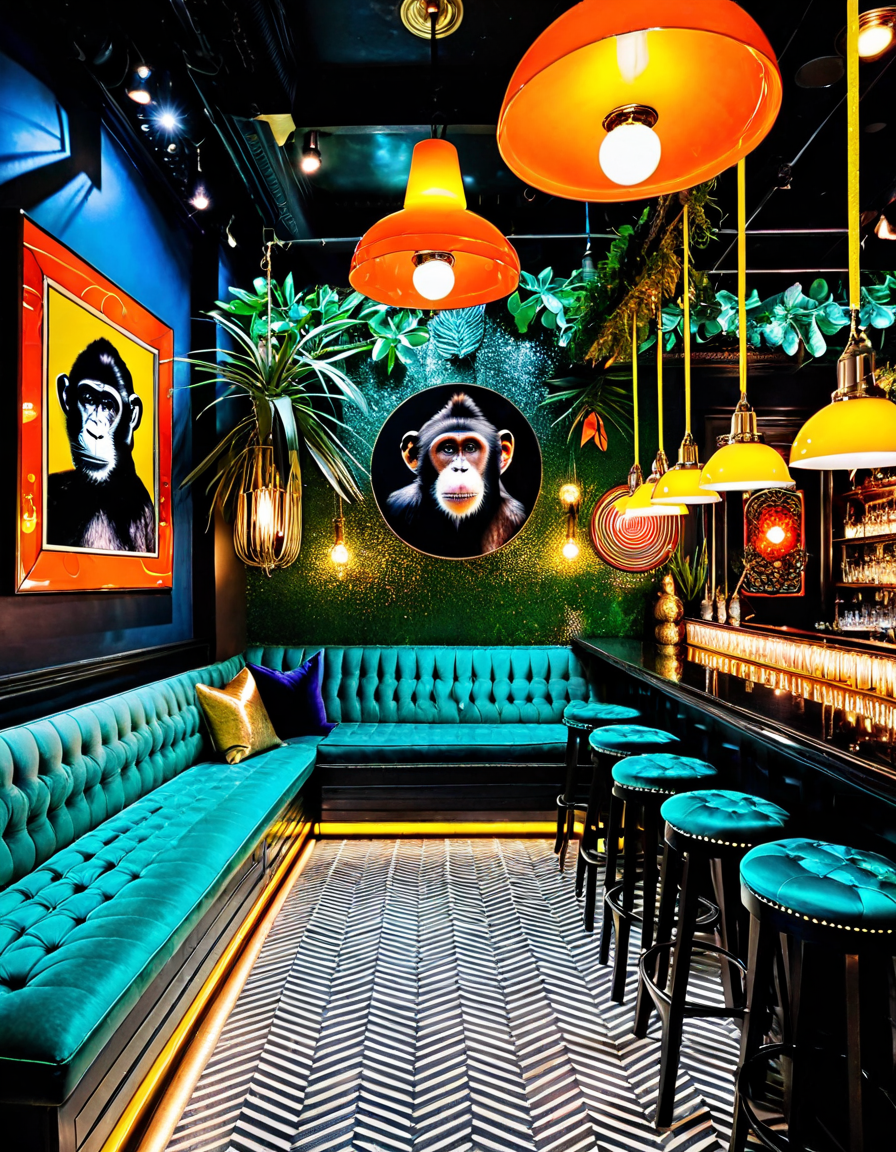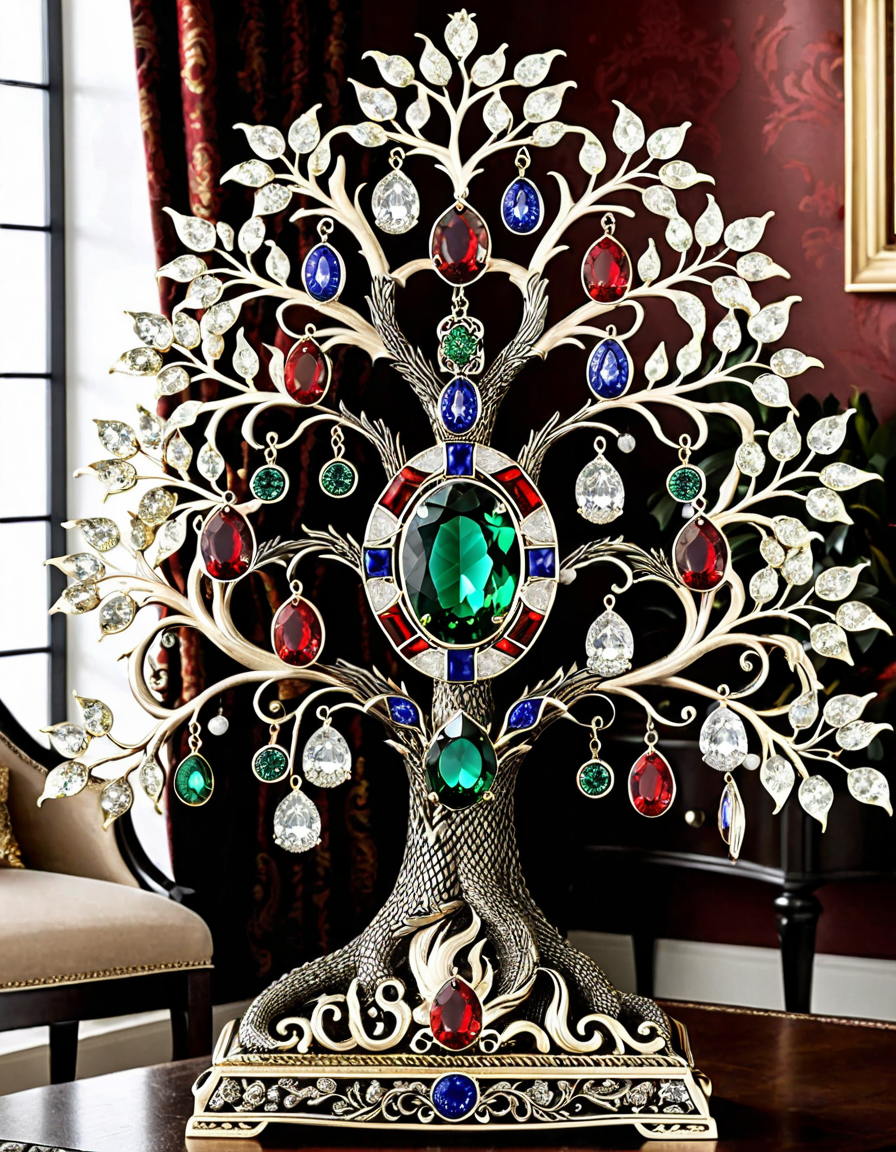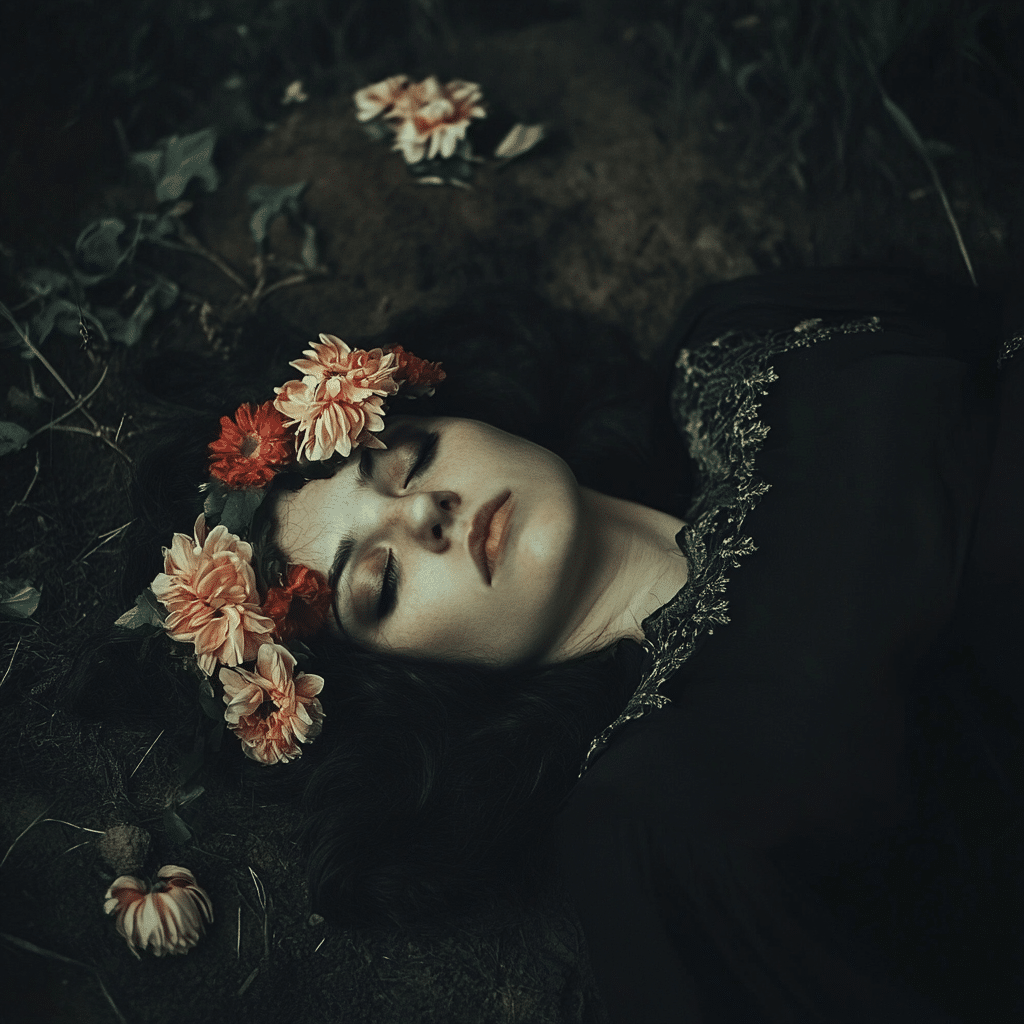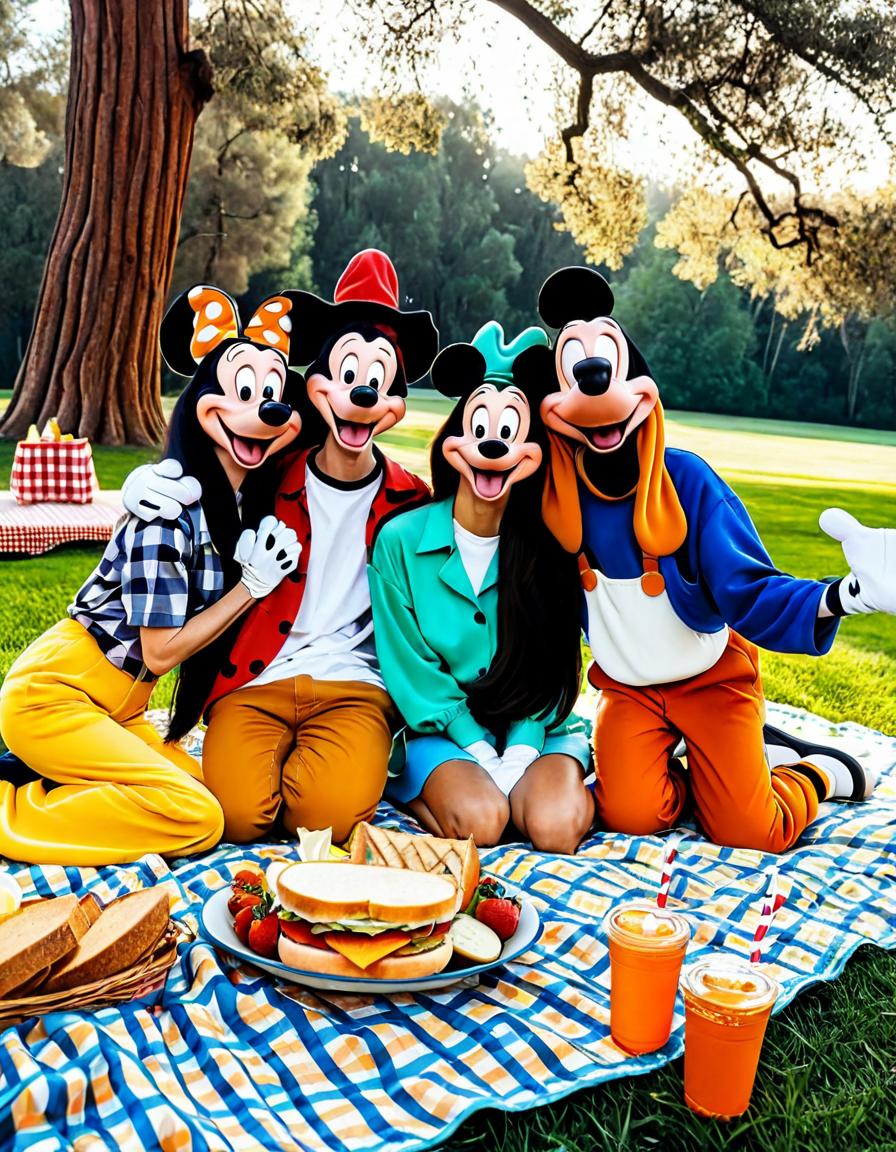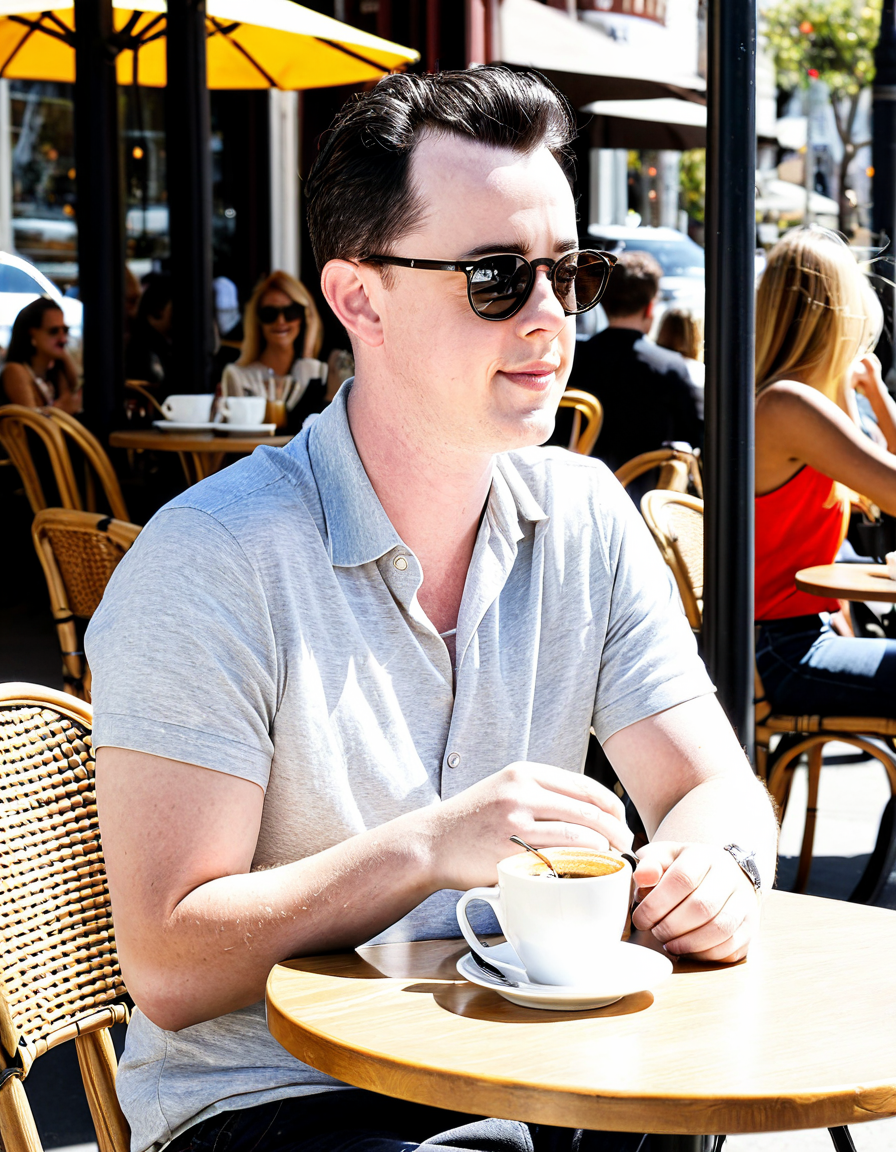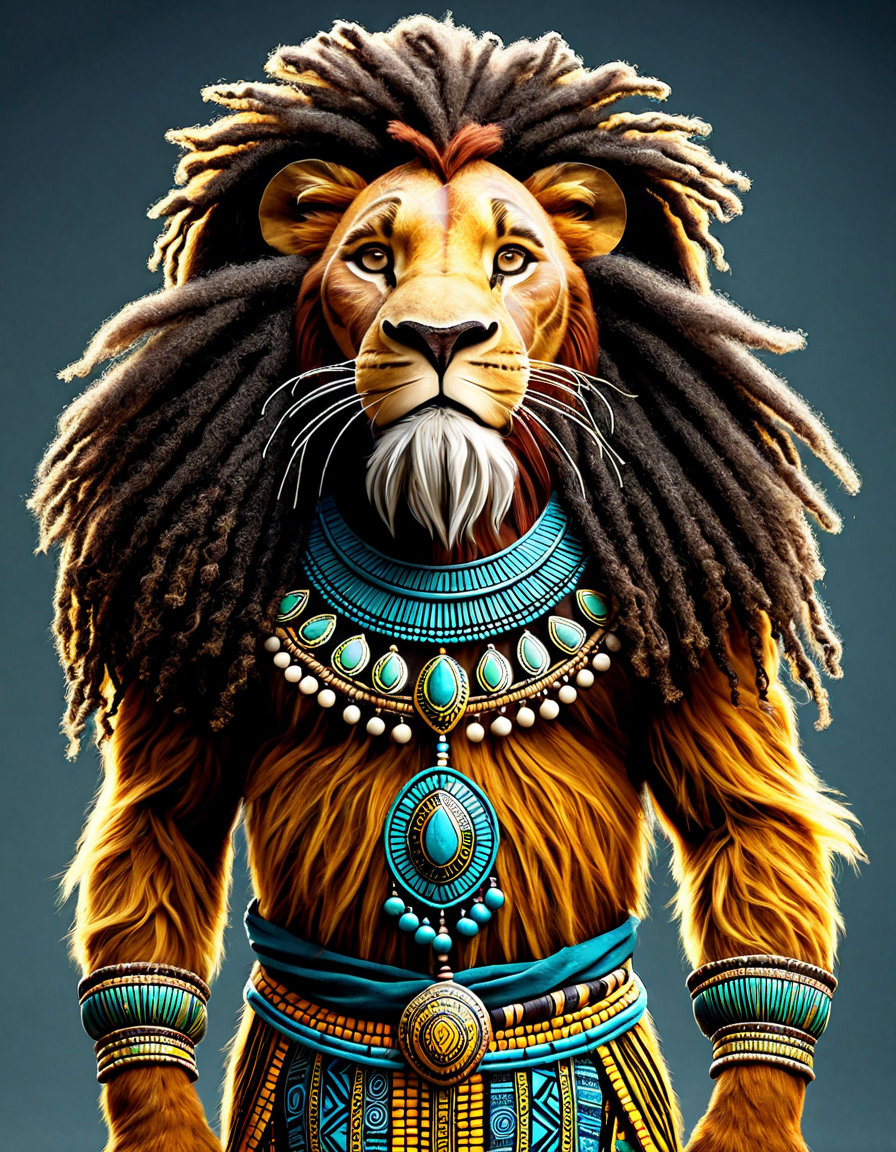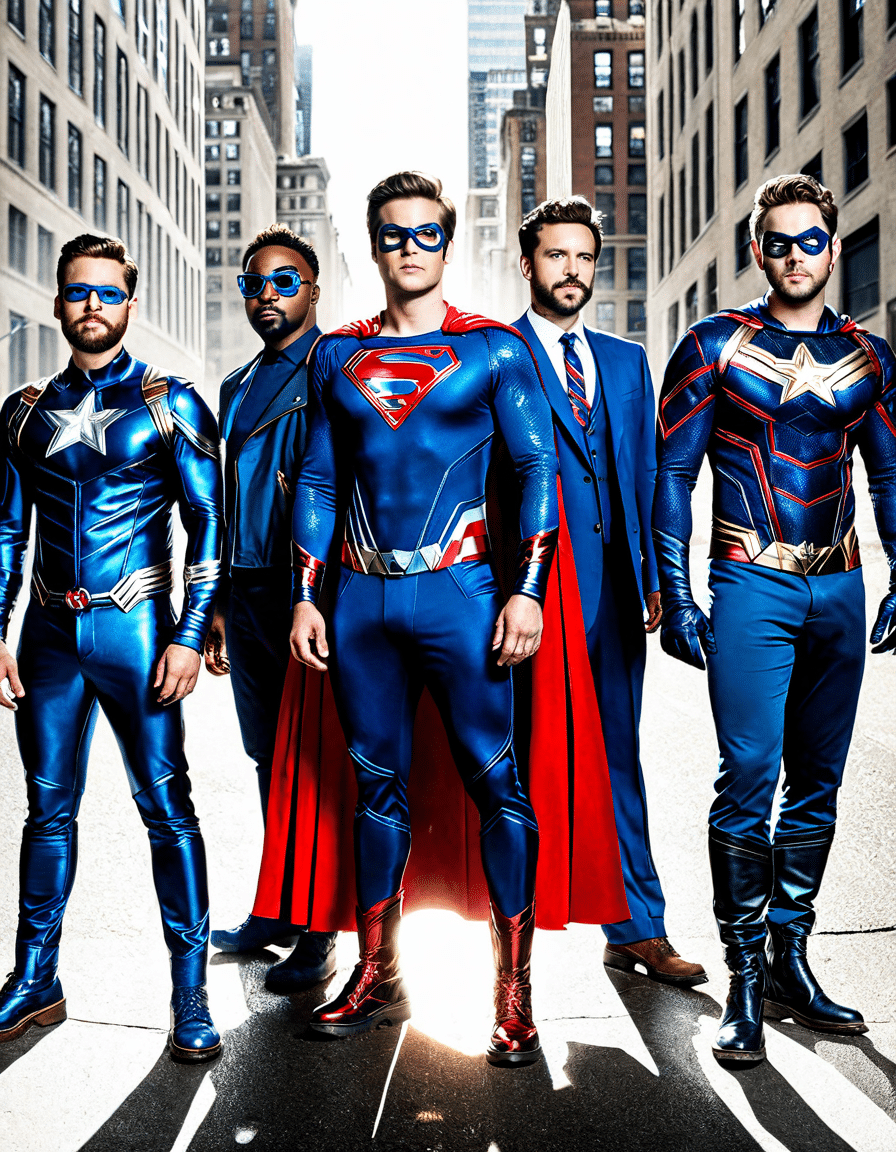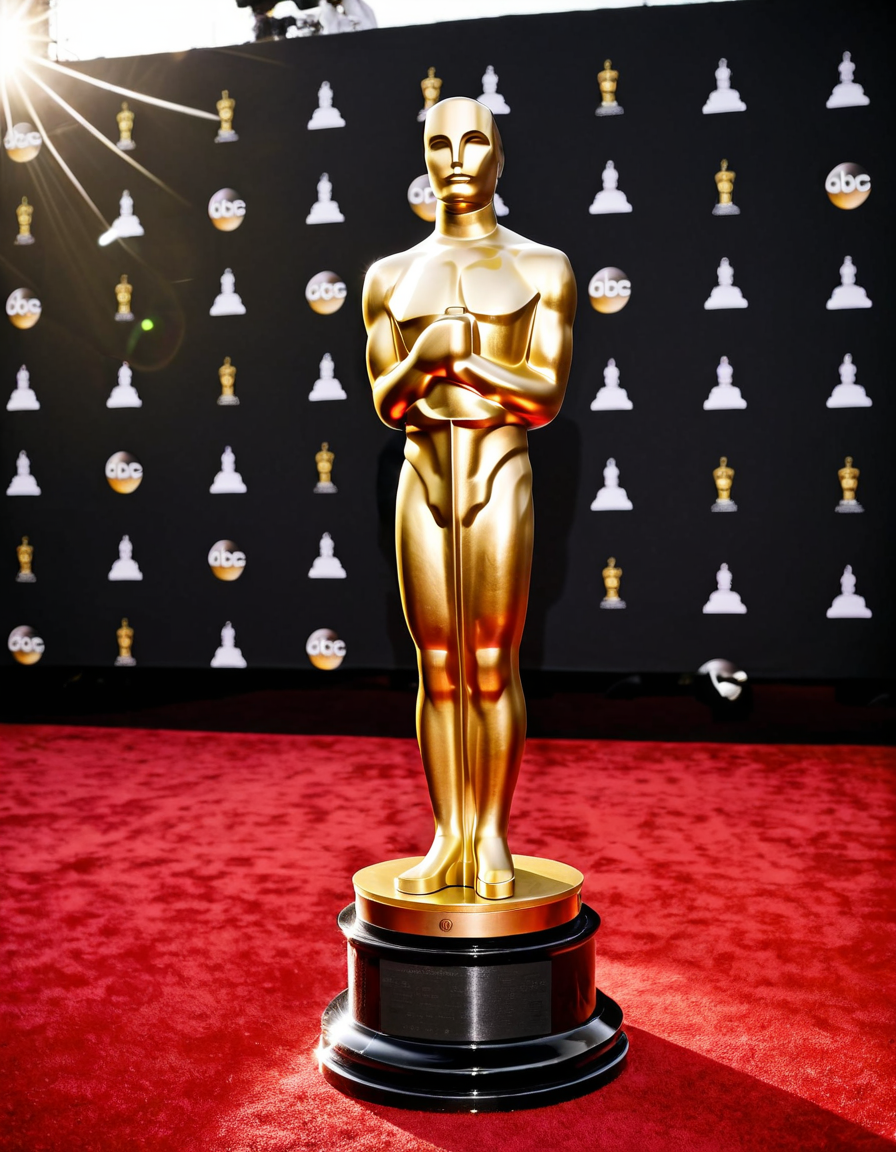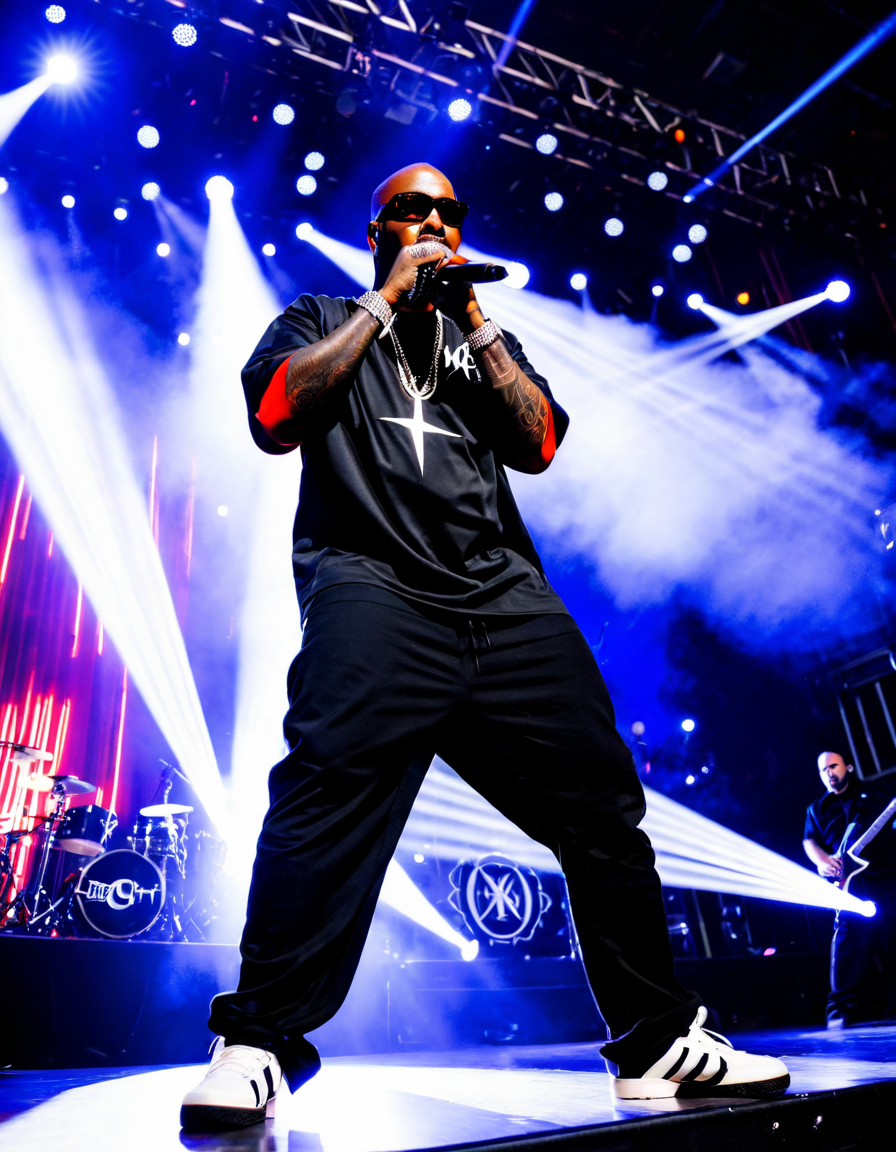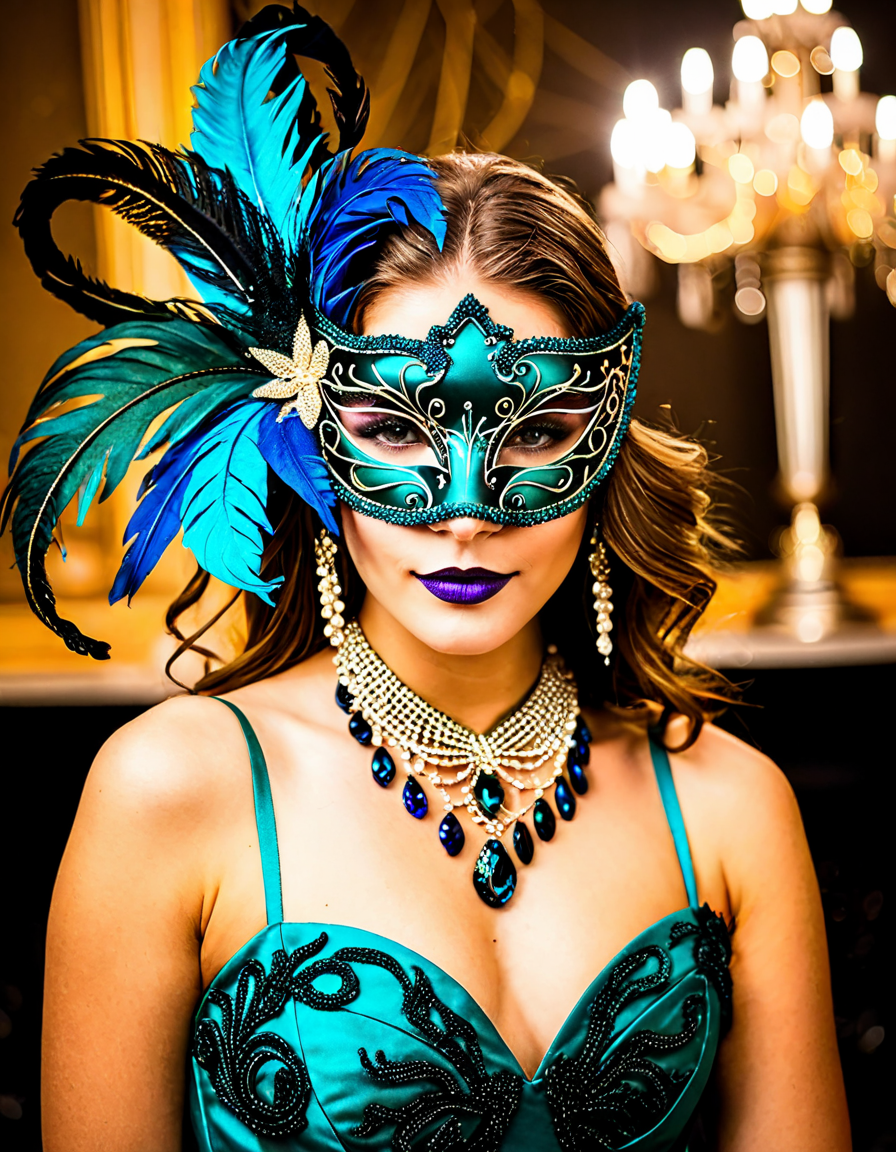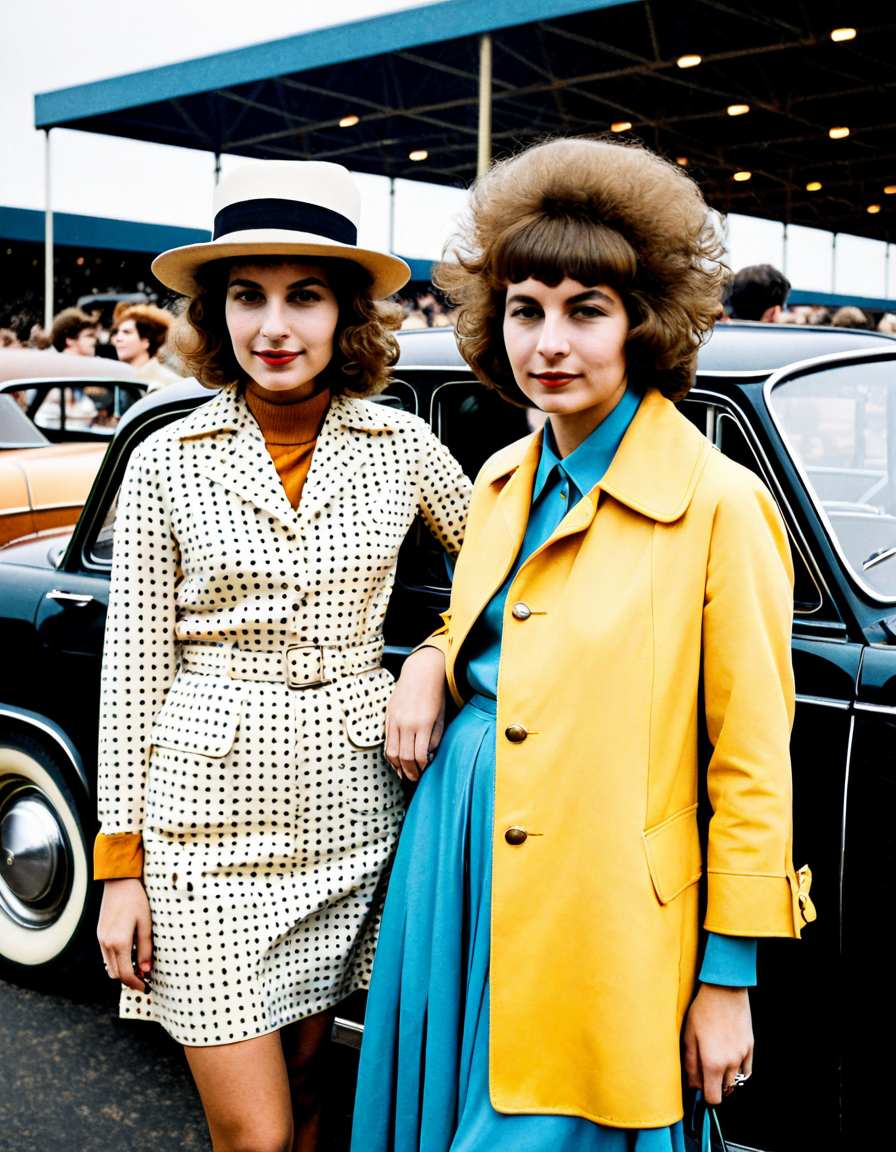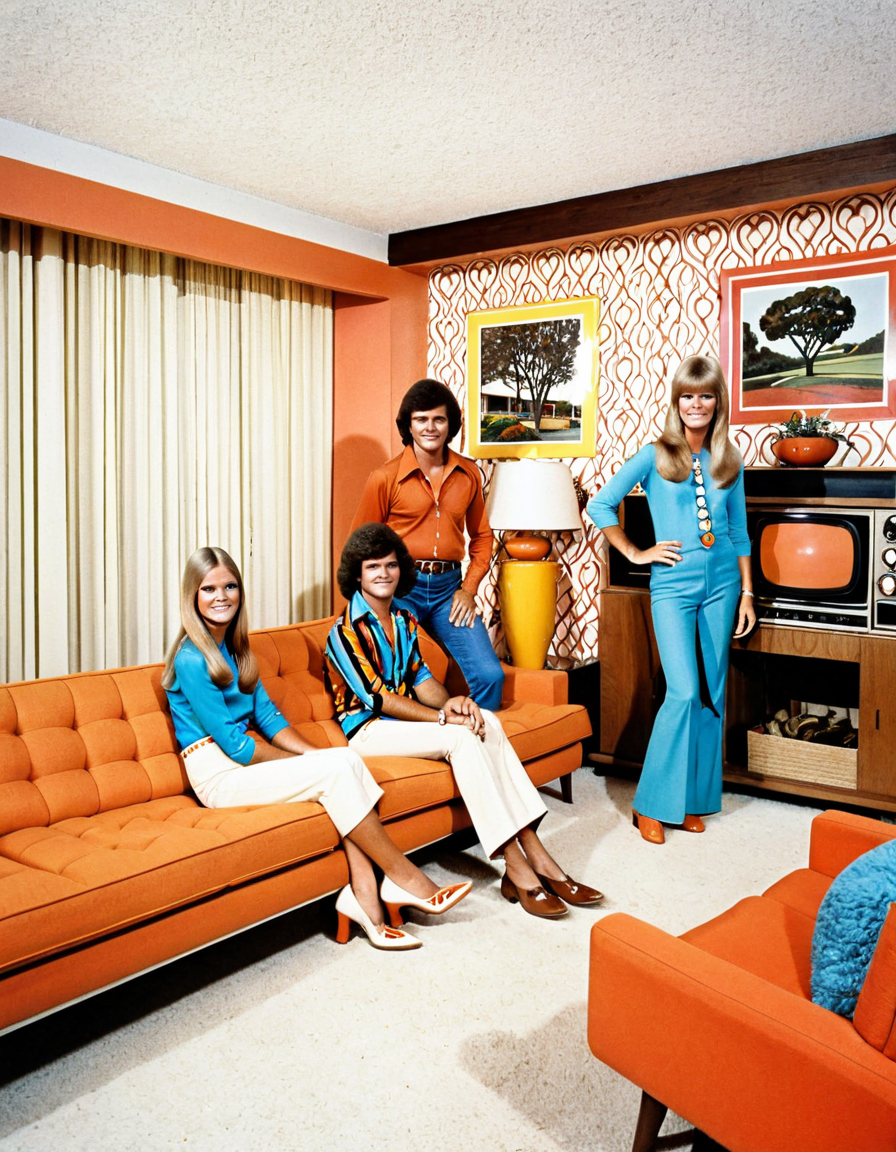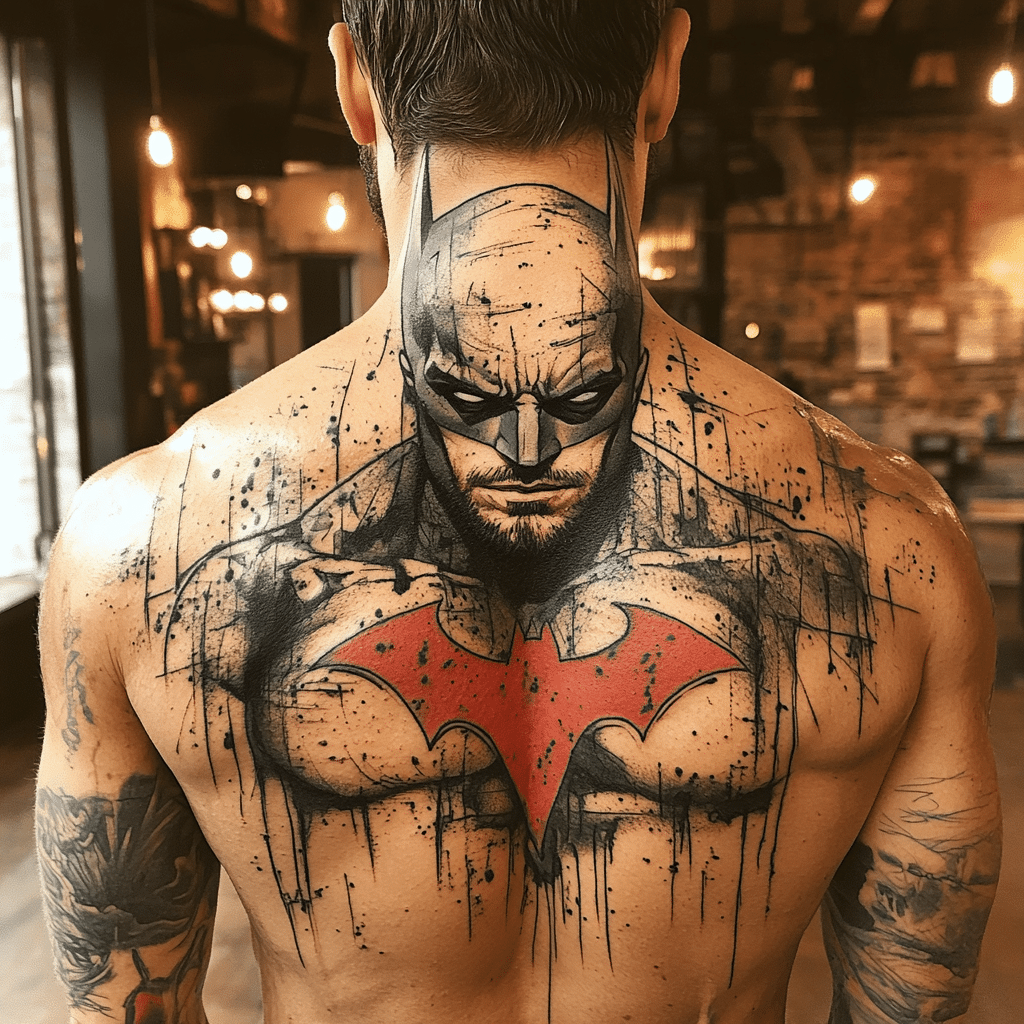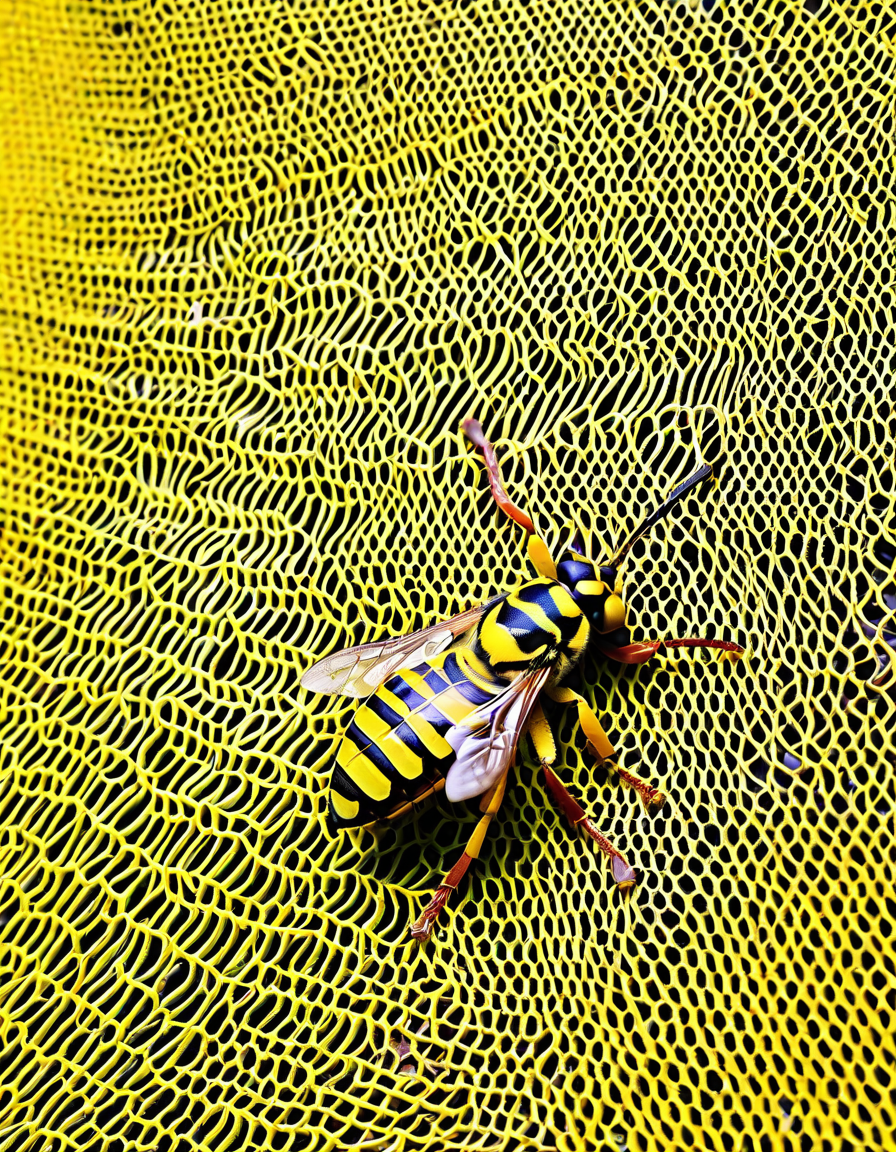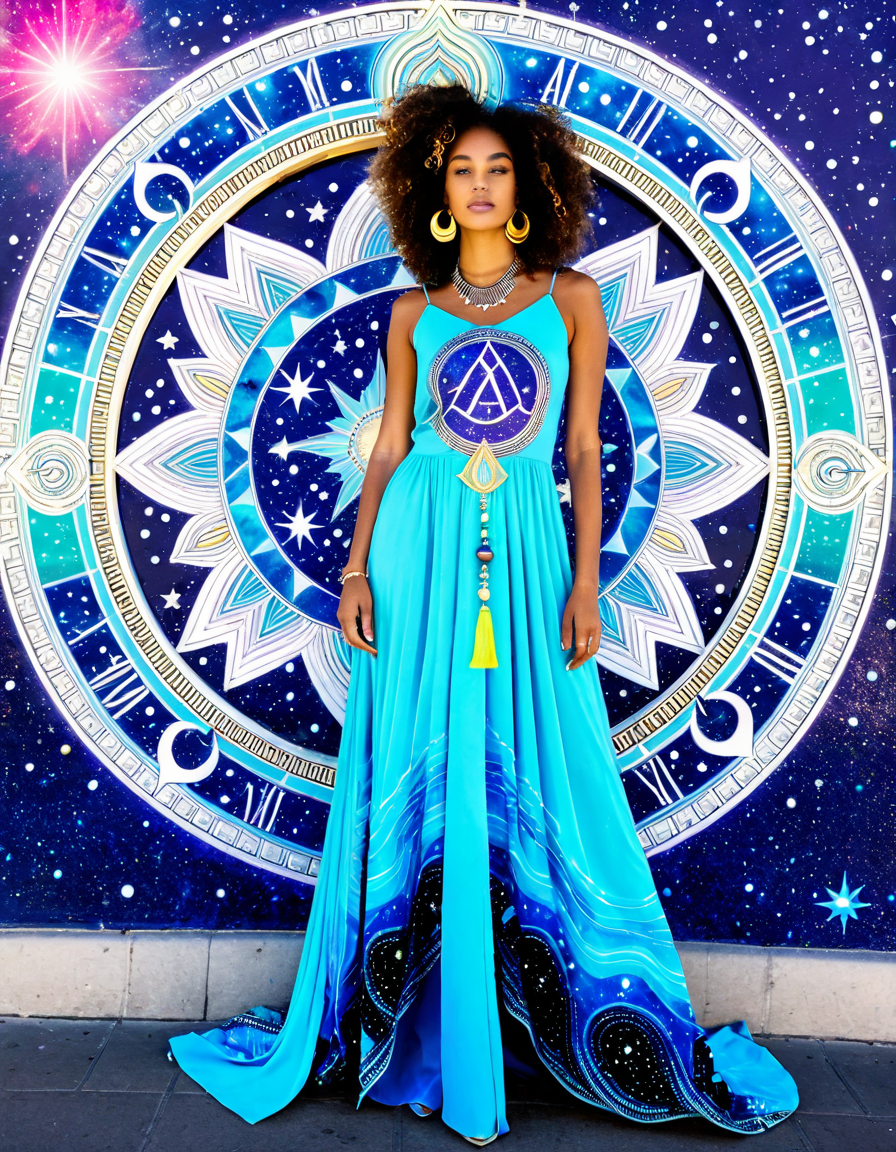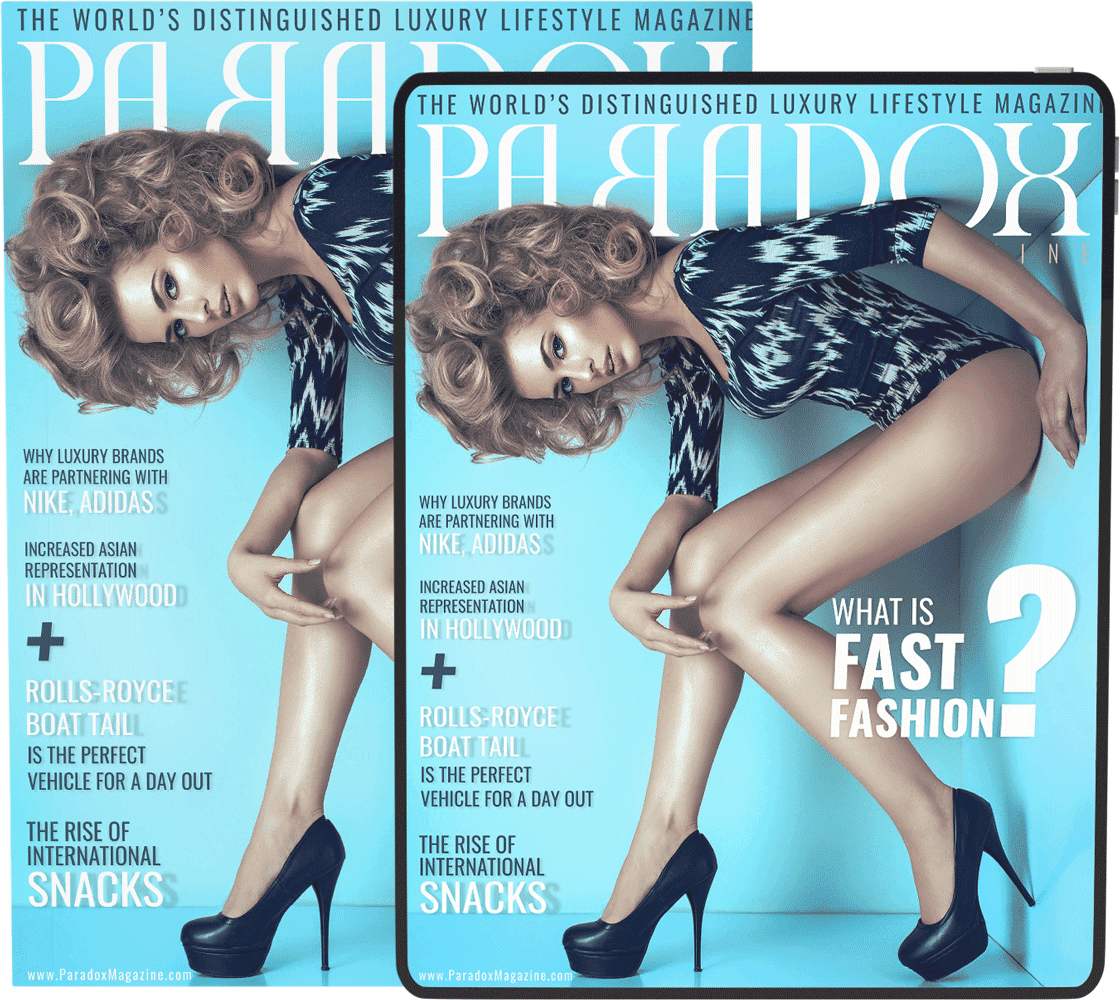The enchanting saga of “Downton Abbey” is a veritable tapestry of class and ambition, with its characters embodying the layers of early 20th-century English society. These figures not only represent the vast chasm between the aristocrats above and their working-class counterparts below but also tantalize us with intrigue at every turn. From romantic affairs to cutthroat rivalries, the Downton Abbey characters reshape our understanding of class dynamics and what it means to belong. As we delve into the intricate lives of these characters, we can’t help but notice the echoes of these themes in other iconic ensembles, like the “Notting Hill” cast, or the more egalitarian “Gilligan’s Island” cast.
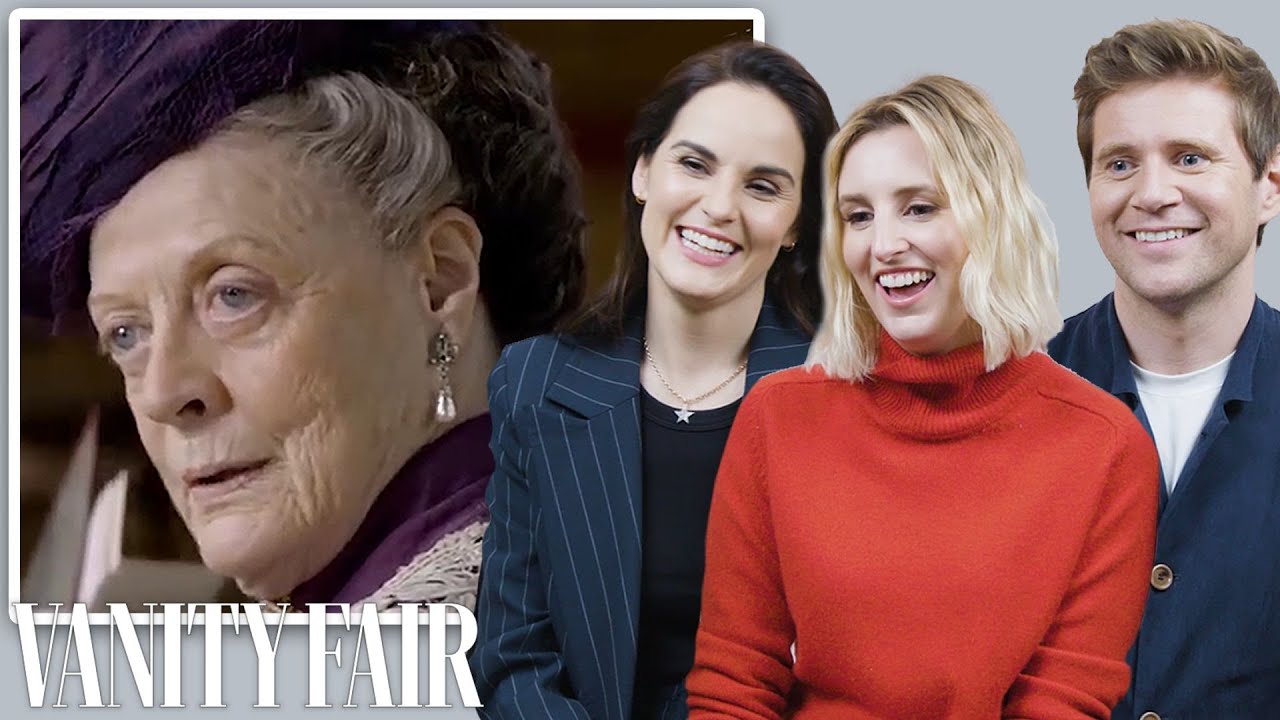
Top 7 Downton Abbey Characters Who Embody Class and Intrigue
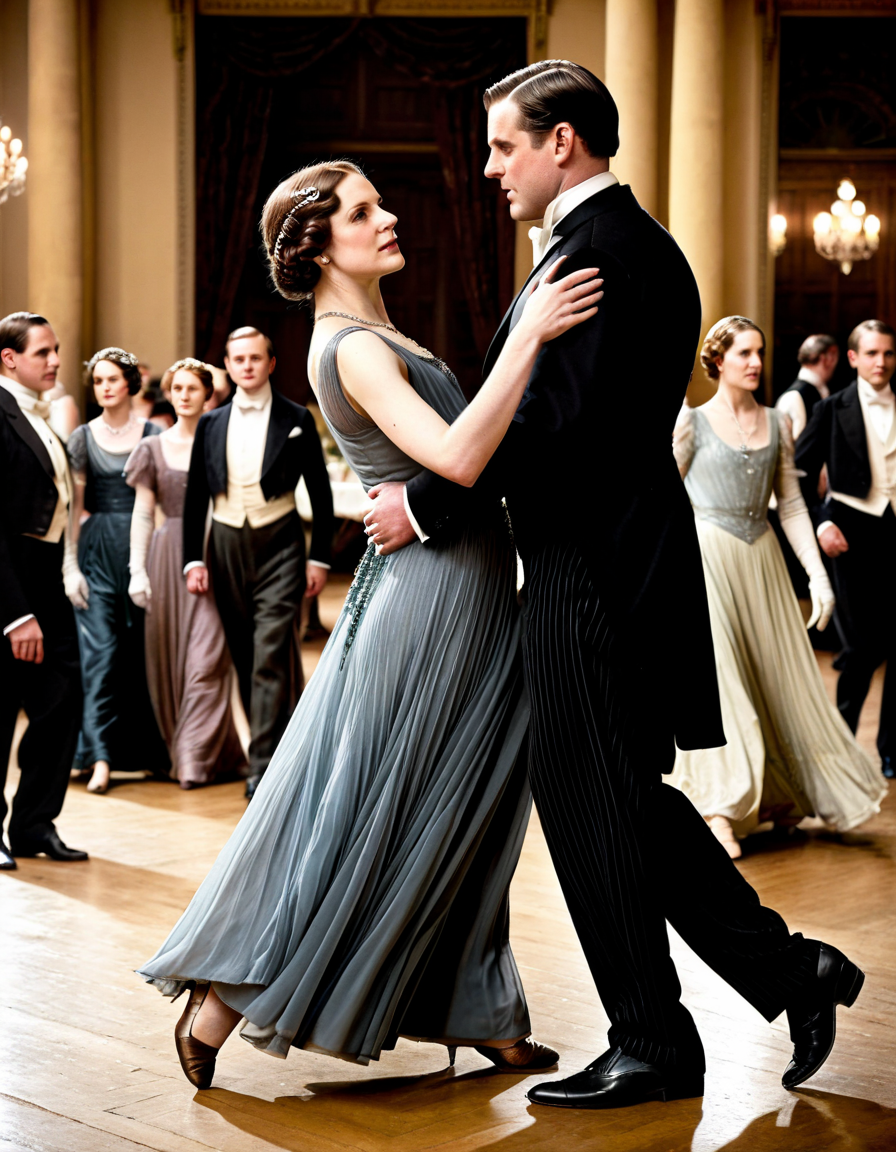
1. Lord Grantham (Robert Crawley)
Lord Grantham, the dapper earl, stands as the quintessential figure of the decaying British aristocracy. With one foot firmly planted in tradition and the other precariously inching toward modernity, he bravely tackles the financial foibles threatening his family estate. His struggles embody the friction many elite families faced, displaying a narrative arc that is both relatable and downright relatable. Yes, one can almost hear him sigh about the burden of inherited privilege.
2. Lady Mary Crawley
Ah, Lady Mary—the epitome of elegance, with a side of entitlement that makes her character all the more fascinating. As she transforms from a spoiled aristocrat to a fierce independent woman seeking self-actualization, viewers can’t help but root for her. Lady Mary tosses social conventions aside as she navigates love, loss, and the expectations thrust upon her by society. Her journey parallels those of many modern women, making her struggles both timeless and relatable.
3. Anna Bates
Anna Bates, the emblem of working-class resilience, redefines loyalty in Downton Abbey. Her soft heart and strong will shine through the smog of class prejudice that looms large in the estate. Every time Anna and Mr. Bates share a moment, the class struggle becomes palpable, as their love blossoms against the backdrop of societal expectations. Through Anna, Downton Abbey gives a voice to the often-silent shadows of the downstairs staff, making her narrative both compelling and necessary.
4. Violet Crawley (Dowager Countess of Grantham)
Viscountess Violet, the Dowager Countess, is a riot wrapped in veils of sophistication. With her razor-sharp humor, she brings levity to the antiquated notions of social hierarchies. Yet, delightfully paradoxical, her struggles with modernity echo across generations, reminding us how often the past refuses to release its grip. Much of her intrigue revolves around ensuring her family retains its status, underlining the vulnerability that comes with privilege.
5. Tom Branson
Tom Branson’s journey from chauffeur to family patriarch encapsulates the complexities of social mobility in Downton Abbey. His character hails from the working class but finds himself woven into the Crawley family tapestry, challenging the norms that dictate who belongs where. Tom’s evolution draws attention to the ongoing conflict between tradition and reform, offering a mirror to the broader societal shifts we often overlook.
6. Isobel Crawley
Enter Isobel, the widow whose progressive ideals clash beautifully with Violet’s old-school mentality. By advocating for the underprivileged and engaging in social work, Isobel illustrates how women’s roles were shifting during this era. Much like contemporary activists, she urges those around her to reconsider societal norms that perpetuate inequality, making her story all the more significant in a world attempting to redefine its boundaries.
7. Lady Edith Crawley
Finally, we have Lady Edith, a character who resonates deeply with the oft-overlooked narratives of women in history. Sandwiched between the boldness of Lady Mary and the shrewdness of Violet, Edith’s evolution from the quiet sister to a publishing force is a powerful testament to resilience. Her struggles for independence resonate with today’s audience, reminding us that the fight for recognition and equality continues across generations.
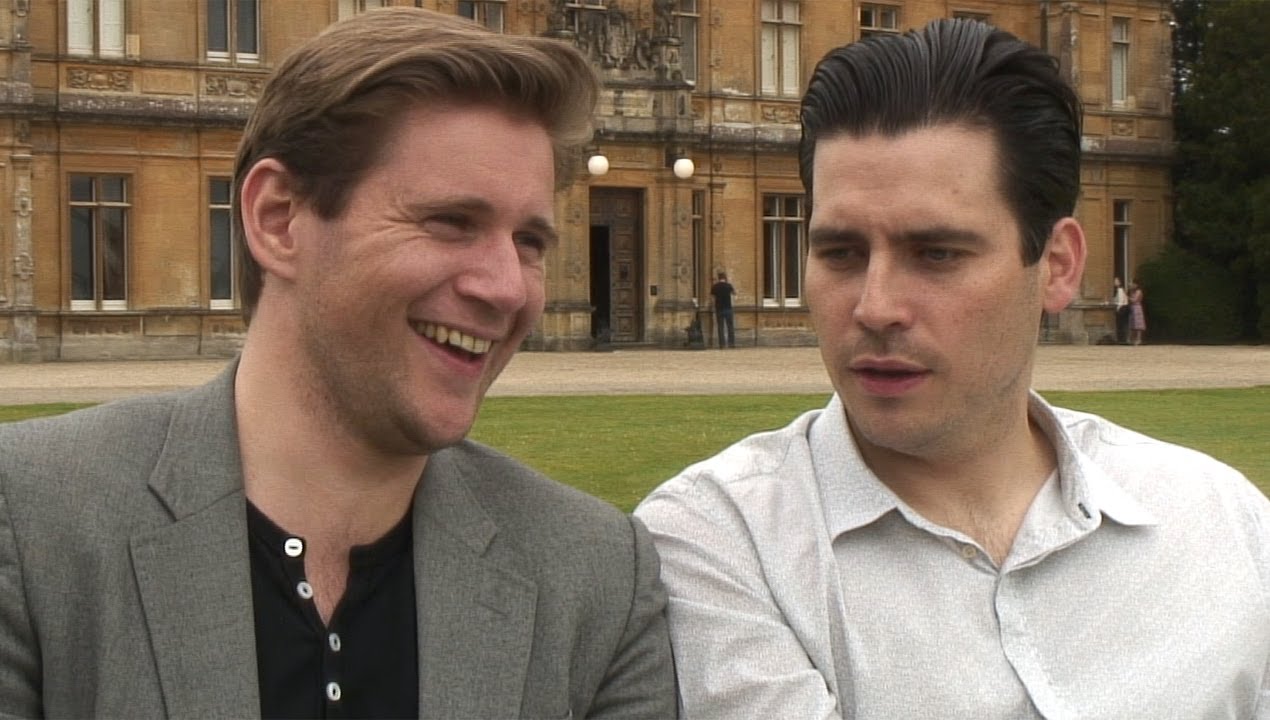
Comparative Class Dynamics: Downton Abbey Characters versus Notting Hill Cast and Gilligan’s Island Cast
What a treat to juxtapose the Downton Abbey characters against the quaint charms of the “Notting Hill” cast! In Notting Hill, the romance between William Thacker, a humble bookseller, and Hollywood star Anna Scott unveils class disparities that evoke the dynamics between Lady Mary and Anna Bates. Blending the whimsicality of a romantic comedy with serious class discussions, Richard Curtis mirrors the subtle tension found on Downton Abbey. Each pair’s challenges depict a dance of psychology and circumstance, revealing that whether on cobblestone streets or grand staircases, class remains an influential force.
Conversely, we turn to the “Gilligan’s Island” cast, a delightful mix of personalities marooned together without the constraints of class. The crew—from a millionaire to a simple professor—offers a satirical escape from the rigid structures defining Downton Abbey. In their comedic misadventures, they dissolve class distinctions to provide lighthearted entertainment. However, it also acts as a fascinating contrast. While Downton Abbey unearths the complications of hierarchy, “Gilligan’s Island” seeks to showcase unity amidst diversity, a delightful commendation, but one that fails to explore the depth of class intrigue.
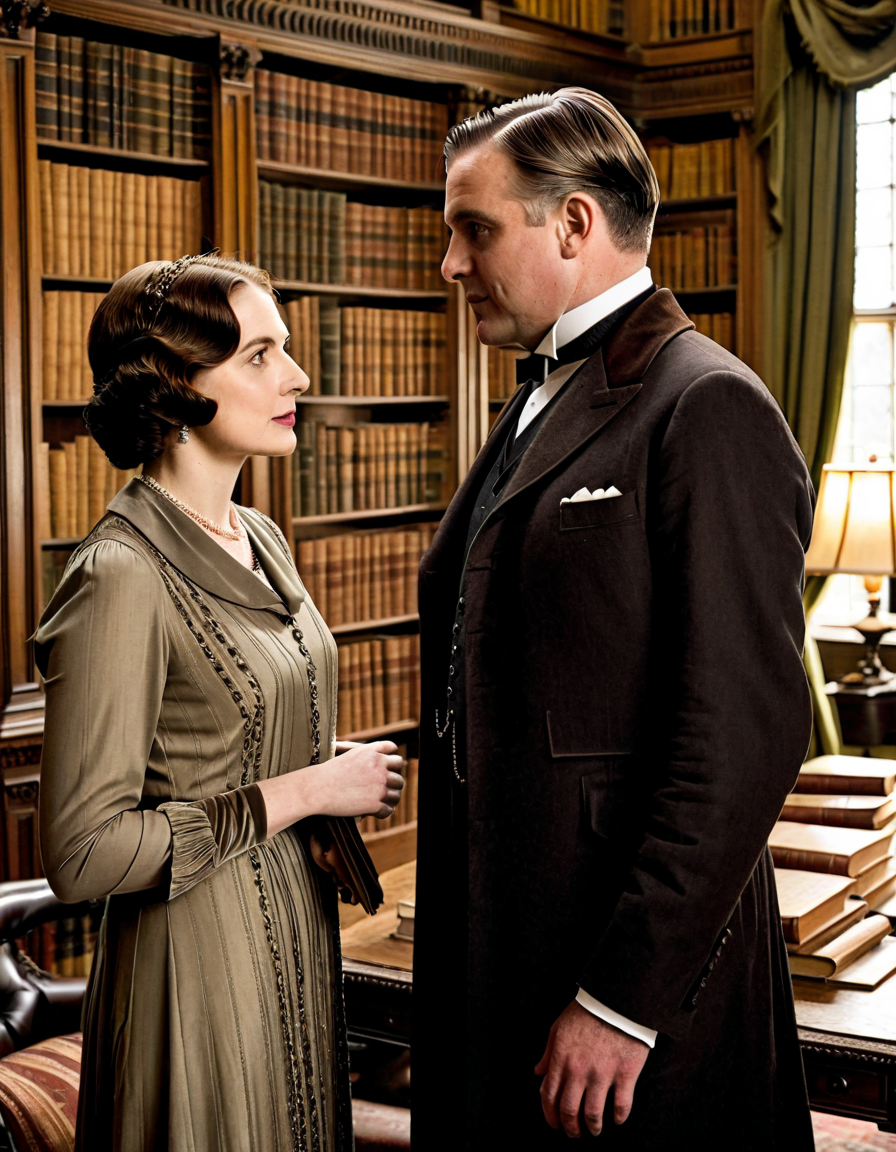
Epilogue
Downton Abbey remains a cultural phenomenon, luring audiences back to explore its multilayered narratives of class, ambition, and personal evolution. Each downton abbey character highlights both the burdens and privileges that social status imposes, reminding us of their historical weight. As we engage further with these stories, we unlock the eternal struggle for belonging and identity, echoing across centuries. Just as the Crawleys and their entourage reshaped their world, so too must we navigate our own complexities and aspirations in the vast tapestry of human experience. So, put the kettle on and immerse yourself in this captivating exploration of timeless themes, reinforcing the idea that intrigue is as much about class as it is about character.
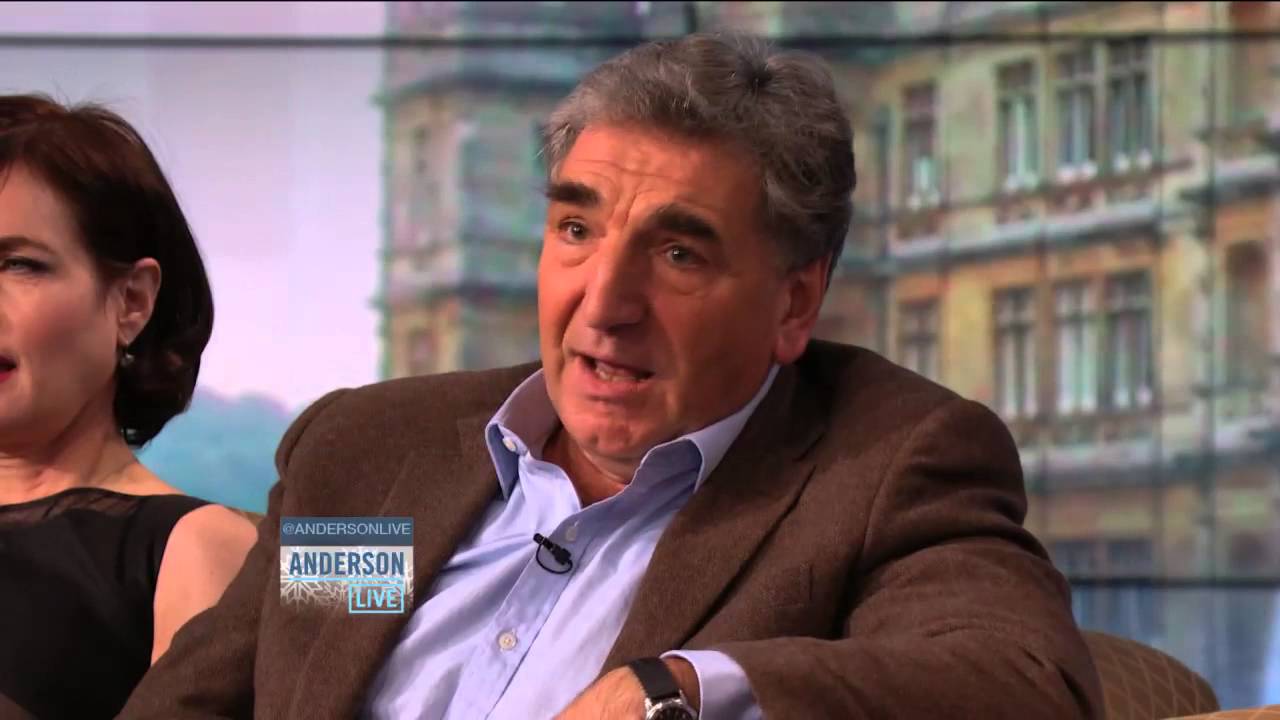
Downton Abbey Characters: Class and Intrigue
A Glimpse into the Lives of the Upper Echelons
“Downton Abbey” isn’t just a show; it’s a fascinating snapshot of class struggles and societal norms in early 20th-century England. Just look at Lord Grantham, who symbolizes the traditional aristocracy, yet faces a rapidly shifting world. Speaking of shifts, did you know that some characters, like Lady Mary Crawley, often embodied the tensions of inheritance? Her battles over family lineage had viewers glued to their seats. Interestingly, the show even subtly hints at contemporary issues like those explored in Ayo Edebiri’s movies and TV shows, marrying humor with serious themes.
The Household’s Heart and Soul
Now, let’s not forget the unsung heroes of the estate—the servants. Characters like Mr. Carson and Mrs. Hughes often reflected struggles of their own, illustrating a world dictated by duty and sacrifice. Ever wondered who inspired those designs? It’s a fun coincidence that the classic luxurious items shown might remind some viewers of brands like Brooks Levitate, which exude a certain refinement. And if you’re from the States, perhaps you’ve caught a hint of similar drama in Amc rockaway, where social hierarchies also play a significant role.
The Intrigue Behind the Scenes
In “Downton Abbey,” every character has a layer of intrigue. Take Thomas Barrow, for instance; his schemes and struggles brought genuine tension to the narrative. What’s especially captivating is his portrayal of vulnerability—much like how Khaby Lame uses his social media presence to shed light on absurdities in a relatable way. Speaking of attention-grabbing moments, did you know that some actors from “Downton Abbey” have appeared alongside stars in films like Fatale 2020? It’s a delightful connection that showcases the intertwining paths of talent in cinema.
Through class dynamics and personal stories, “Downton Abbey” offers a rich tapestry of drama that keeps viewers coming back for more. Just as the characters grow and adapt, so, too, do the stories we tell about class and society, reflecting our own complexities. So, ready to rediscover this iconic series and unearth more of its hidden gems? There’s always more to explore!
